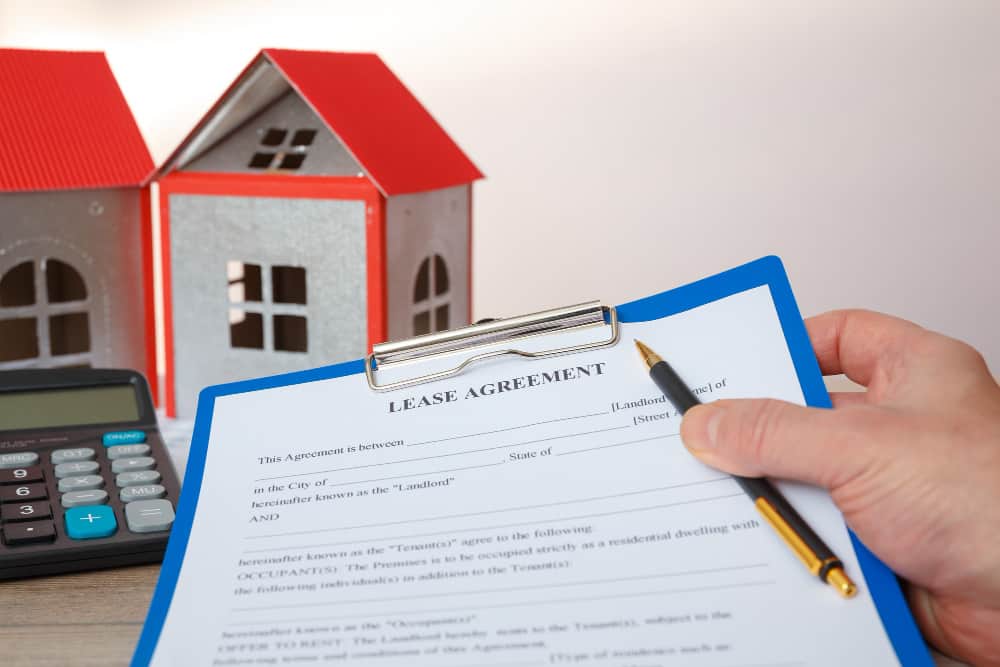Entering into a residential lease agreement is a significant commitment for both landlords and tenants, as it outlines the terms and conditions of renting a residential property. It is a legally binding document that encompasses all essential terms of the tenancy, ensuring that the rights and obligations of both parties are explicitly stated. To protect your interests, whether you’re a landlord or a tenant, knowing what should be included in the lease is crucial. Ensuring that the lease agreement is comprehensive can help prevent misunderstandings and legal disputes down the line.
As you create a lease agreement, it’s important to detail the specifics of the leasing process while being clear about the rights and responsibilities each party has. The agreement should cover the duration of the lease, the amount of rent and when it is due, and policies on deposits and fees. Equally important is the inclusion of maintenance responsibilities, rules regarding alterations to the premises, and conditions for the termination of the lease. Each clause should be articulated in a way that is easily understood to avoid ambiguities that could cause issues during the tenancy.
Key Takeaways
- A complete lease agreement should clearly define the conditions of the tenancy and the details of the property being leased.
- Clearly articulating the rights and responsibilities of the landlord and tenants helps prevent disputes.
- Include specific terms, such as payment schedules and maintenance duties, to ensure the lease is legally binding and fair.
Essential Elements and Terms
When preparing a residential lease agreement form, it’s crucial to include specific elements and terms that define the circumstances and responsibilities of both parties involved in the tenancy.
Identification of Parties and Property
Each lease agreement should begin by clearly stating the names of the tenant and the landlord to establish the parties in the contract. Also included should be the complete address of the residential property in question, often accompanied by a detailed description to avoid any ambiguity about what is being leased.
Lease Duration and Renewal Terms
The lease term must be specifically outlined, whether it’s a fixed-term lease, typically lasting one year, or a more flexible month-to-month arrangement. This section should also cover how to renew the lease or proceed at the end of the lease, including any notice periods required for terminating the tenancy.
Rent Obligations and Payment Details
Here, you’ll define the monthly rent amount, when it is to be paid (due date), and the acceptable payment method. Additional details about last month’s rent, security deposits (being mindful of the state maximum and applicable security deposit laws), late fees, and other relevant fees help ensure that financial aspects of the agreement are transparent and enforceable. Understanding the ins and outs of the financial obligations in a lease agreement is paramount.
Rights, Responsibilities, and Regulations
When entering into a residential lease agreement, it is crucial for both landlords and tenants to understand the rights, responsibilities, and regulations that govern their relationship. This understanding helps ensure a fair and lawful tenancy.
Repair and Maintenance
You, as a tenant, are usually responsible for keeping the rental property clean and reporting any needed repairs to the landlord. The landlord is typically required to maintain the property’s structural integrity and ensure it meets health and safety standards. It’s important for the lease to clearly stipulate who is responsible for what aspects of maintenance and repair.
- Tenant’s responsibilities might include:
- Routine cleaning
- Minor repairs
- Damage caused by neglect or abuse
- Landlord’s responsibilities often encompass:
- Plumbing and electrical repairs
- Appliance maintenance (if provided)
- Addressing wear and tear
Property Use and Restrictions
The lease should dictate acceptable property use and any restrictions. This may encompass guests, subleasing, and policies regarding pets or smoking. Abiding by noise ordinances and local laws is also essential for maintaining a tranquil living environment.
- Policies to consider:
- Are pets allowed, and if so, are there restrictions?
- Is smoking prohibited inside the property?
- What are the rules regarding noise and quiet hours?
Legal Clauses and Disclosures
Your state may require specific legal clauses and disclosures in the lease, such as those related to lead-based paint for properties built before 1978. Other disclosures might pertain to asbestos, mould, or a property’s history of floodings.
- Mandatory disclosures often include:
- Lead-Based Paint Disclosure: Critical for properties built pre-1978.
- Asbestos and Mould: Information about the presence of hazardous materials.
Termination and Eviction Procedures
The lease agreement should outline the procedures for termination and eviction, including notices required for ending a month-to-month lease or the steps to follow if there is a breach of contract. Understanding local and rent control laws is vital, as they can significantly affect the eviction process and grounds for termination.
- Key points to include:
- The notice period required for lease termination by either party.
- Specific behaviours that constitute a violation and could lead to eviction.
- Processes for dispute resolution or court proceedings.
Conclusion
In preparing your residential lease agreement, it is crucial to include clear, legally binding terms that protect both the landlord and tenant. Ensure all key components such as identifying the parties, lease terms, rent details, and obligations of both parties are thoroughly outlined. By doing so, you foster a transparent and agreeable relationship that stands on a solid legal foundation. Remember to consult local laws or a professional when in doubt to ensure your lease agreement is compliant and enforceable.

